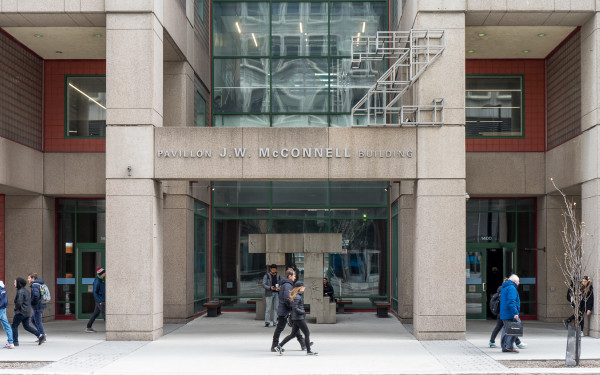Going Gluten-Free Isn’t Always the Answer
Food Trends Can Be Misleading
You pick up your chilled oat milk latte, comfortably held in a recycled plastic reusable mug, and swing your locally-sourced canvas tote bag over your shoulder.
It’s time to start the day.
Each environmental footstep you leave behind is considerably smaller than those of your peers.
Yet, however much your e-boy hat resembles that of the person waiting in line behind you at People’s Potato, these trends are nothing to joke about.
Reducing your ecological footprint and opting out of a massive monolith like the Canadian dairy industry, for a local and sustainable alternative, is a very worthy practice.
There are some trends, however, that may not be quite as worthwhile.
I myself embraced one of them without really understanding it.
This summer, I found myself wondering: was going gluten-free truly a healthy solution to my dietary problems, or is it simply a trend?
My experiences taught me a lot, and I would like to share my story to help clear up some misconceptions people have about gluten-free diets.
For many people, gluten is understood to be an ingredient found only in bread and other wheat-based products.
However, this definition is simply not accurate.
To break it down, gluten is the name for a group of proteins found in certain grains, most commonly wheat, barley, and rye.
Contrary to popular belief, it is also present in khorasan, commonly known as kamut, and spelt.
Grains that do not contain gluten include quinoa, sorghum, millet, buckwheat, amaranth, teff, rice, and corn.
My own journey with gluten has been a bumpy one.
I have long been prone to stomach aches, and I have always wondered what exactly was the cause.
So, I went full gluten-free after diagnosing myself with gluten sensitivity, and it did seem to reduce my stomach aches.
It was not until I started working at a bakery that I realized an important truth about gluten: while it is ultra trendy to ask for the gluten-free option at a restaurant, it may not be the cause of your health problems, as it was not the cause of mine.
While working at the bakery, I was exposed to all different types of gluten-filled bread and grains.
I was surrounded all day by delicious sourdoughs, loaves of raisin and chai spice, and the heavenly smell of the blue cheese and pear baguette, all tempting me to try a bite.
When I finally did indulge myself, I was surprised to find that I felt completely normal.
I may have been eating decadent gluten-filled grains, but none of them hurt my stomach like the cheap, chewy no name bagels you can buy at a big box store.
I realized that it was these processed foods, along with all the dairy and sugar I had been eating with them, that were the true cause of my sore stomach, not gluten at all.
Artisanal, locally-sourced bread is a healthy solution for those who wish to be more conscious in their eating and who may feel tempted to jump on the bandwagon and attempt cutting out gluten.
By buying artisanal bread, you will be avoiding unnecessary added sugar and other harmful ingredients present in processed foods.
I am aware that this may not be an option for everyone, but if this is financially possible for you, give it a try.
I understand that this is not the experience of everyone, people who have celiac disease are living a completely different reality and in no way do I wish to discredit any medical conditions people may have.
I simply wish to speak to those who might be on a self-directed health journey, who might jump into gluten-free diets without first considering other possibilities.
Following trends is absolutely normal, but you should know what you’re getting yourself into before you drastically change your diet.
Going gluten-free is not necessarily the answer.
Why would you deprive yourself of St-Viateur Bagels with that oat milk latte if you don’t have to?


_600_832_s.png)



